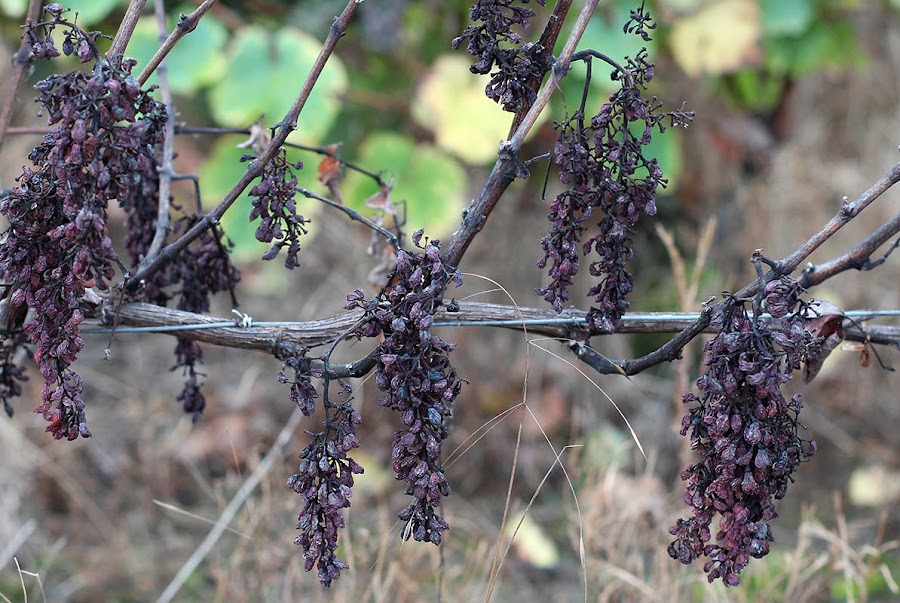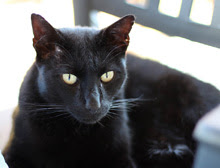Next to our fireplace, where the wood-burning stove is, we keep a basket for what I call "burnables." They're paper wrappers and other small things that we can use to help light fires in the winter. When the basket fills up, I bag up the contents and store it in the garage for winter. We burn egg cartons, bread bags, some paper, and wooden
camembert boxes.
A typical wooden camembert box that will help light a fire this fall.
This is a recent cheese box that is only noteworthy because the name of the cheese, Gerbe d'Or, is the name of a restaurant where we recently had lunch. The restaurant is in Loches, nowhere near Normandy where the cheese comes from. By the way,
une gerbe is a bundle of grain, like wheat, arranged with their long stems all pointing the same way, often tied in the center. So,
une gerbe d'or is a golden bundle of grain, an icon of a bountiful harvest. By extension, it's also the term for a spray of flowers as you'd see at a wedding, a funeral, or other official ceremonies. The word
gerbe can also refer to a spray of artillery fire, and in it's verb form,
gerber, it's a slang term for losing your lunch (which itself is a euphemism for, well, you know).









































